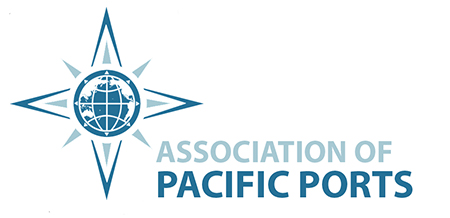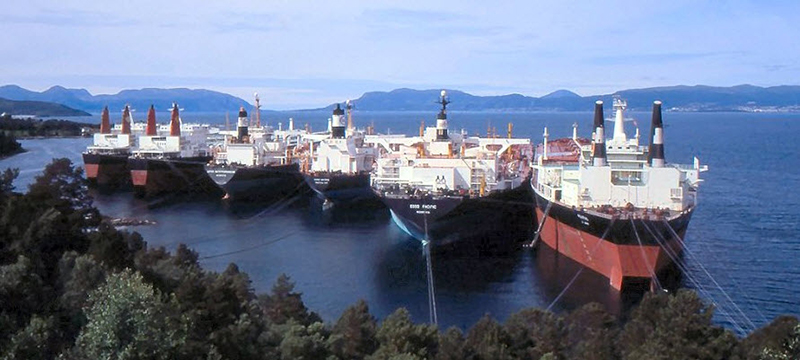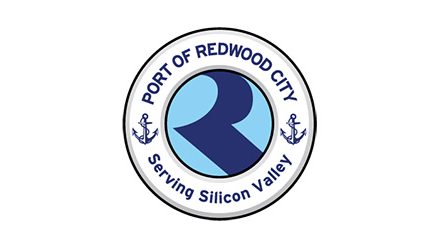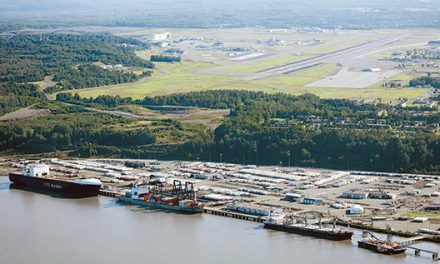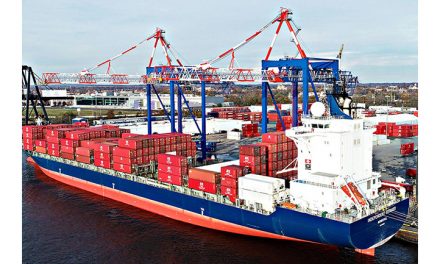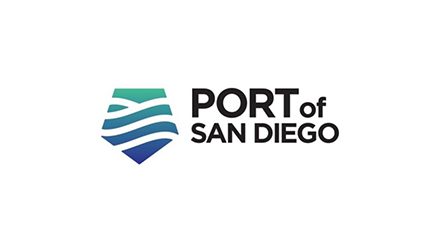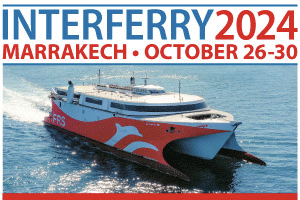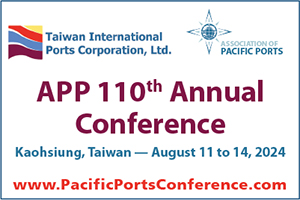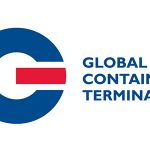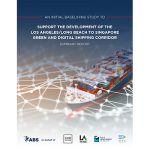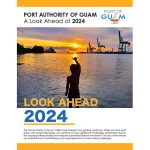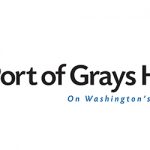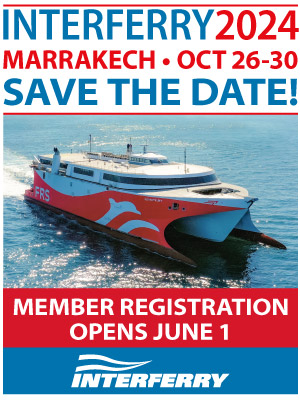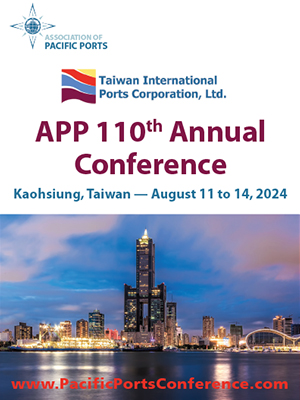By Captain Stephen Brown, Owner and Director, West Pacific Marine
As the world continues to wrestle with the challenge of COVID-19, the immediate, medium, and even long-term implications for the maritime sector appear to be gaining recognition. The decision to lay-up a vessel is usually financial, sometimes operational, but on a personal note and for any seafarer, the experience is always emotional. Accustomed to running hard 24/7/365, when everything comes to a grinding halt and the vessel is left with a skeleton crew the question begs, where from here? Facts dictate the business decision to layup a vessel but the personal uncertainty of those impacted can often be overlooked. It is rarely so simple as switching to another vessel when the whole future of a company, or even an entire sector of the marine industry is in a crisis of the magnitude of today.
On the container front, at the time of writing, around 15 per cent of container capacity is idled which translates to something approaching 3.5m TEU. The estimate is that Q2 of 2020 has seen 250-300 cancelled sailings, primarily on the Asia-Europe and trans-Pacific trades, with those ships still in employment often sailing at below economically optimum capacity. The consequential impacts through global supply chains are enormous. Likewise, for car carriers, given the global collapse in demand for new vehicles, the fleet is significantly under-employed, resulting in layups and/or early scrapping.
When it comes to ports, the impact of falling volumes has been equally dramatic. Reduced revenues equate to shrinking operating budgets, deferment of capital expenditures and pressure to reduce overheads. There may also be pressure from terminal lease holders to reduce or defer payments, and of course, reduced working hours in the longshore community can quickly impact the economies of local communities.
For the cruise industry, these past months have been punctuated by one blow after another. Subject to exclusion orders from several countries, uncertain return to service dates, securing of suitable lay-up locations, and the nightmare of arranging crew repatriations have, in combination, plunged the sector into an unprecedented crisis from which some may not emerge intact. To their credit, having explored every option to resolve the problem of repatriating crews, compounded by limited flight availability, the cruise lines have themselves switched crews between ships and taken them home by sea, or at least to a close port. As an example of this, there are around 25 large cruise ships anchored in Manila Bay, many having repatriated their Filipino crews but who are then subject to a long wait for COVID-19 testing followed by a period of mandatory isolation before being allowed to complete the trip home. Similar repatriation exercises have taken place elsewhere in Asia, Europe, South America and the Caribbean. The importance of this unprecedented move by the cruise lines is underlined by increasing reports of stress among crews which, sadly, has resulted in a number of suicides.
Despite the best efforts of shipowners across all sectors of the industry, it is estimated by the International Labour Organization (ILO) that some 150-200,000 serving seafarers are currently at the end of their contracts with many being forced to work well beyond their expiration date. Seeking to address the severity of the situation, the International Maritime Organization (IMO) has issued a 12-step plan to assist governments to enact coordinated procedures for the safe movement of seafarers. The aim is to provide its 174 member states with a roadmap to free seafarers from their Covid-19 lockdown and allow appropriate exemptions for vessels to change crews. The plan is supported by a coalition of seafarers’ unions, shipping industry associations and the insurance sector. The protocols spell out the responsibility of governments, shipowners, transport providers and the seafarers themselves. Beyond this, the United Nations Conference on Trade and Development (UNCTAD) has issued a joint appeal with the IMO to remind governments of the world’s reliance on maritime trade and the importance of keeping ships moving, ports open and, as a direct consequence, the need for all countries to lend support for crew changes.
Despite this, it has been sad to witness the lack of cooperation between jurisdictions, but there are exceptions. Both Singapore and Hong Kong have recently relaxed some restrictions and having provided seafarers with “key worker” designation from the outset of COVID-19, the Canadian government has now gone further with the implementation of a simple electronic visa application to facilitate crew changes in Canadian ports. This includes the waiving of the quarantine period applicable to all non-essential foreign arrivals. The European Community Shipowners Association (ECSA), the World Shipping Council and Cruise Line International Association are meanwhile campaigning for a relaxation of the Schengen regional visa restrictions to allow crew changes across a wide range of European ports.
Returning to the subject of laying up a vessel, the dilemma for a ship owner is whether to opt for a hot- or cold lay-up. In a hot lay-up, the ship’s engines and essential machinery is kept turning over to allow for early reactivation. The operational costs are thus higher since more crew are required and fuel is consumed. In a cold lay-up, vessels are simply supplied with emergency power for lights and essential equipment including fire detection and fighting, overseen by a minimal number of crew. Emerging from a cold lay-up will generally require at least a couple of weeks but whatever decisions are taken it is important to work hand-in-glove with the ship’s Classification Society to ensure that maintenance and insurance are not compromised. It is an express condition for P&I and hull and machinery insurances that the vessel maintains its Classification, either “in operation” or “laid-up” status. A suspension of Class for any reason will automatically lead to a loss of insurance, and the insurance will not be reinstated without written confirmation from Class.
That said, owners will generally qualify for a rebate on insurance premiums for the period that a ship is out of service but in addition to prevention of and protection from fire and flooding, leading marine underwriter Gard provides guidance on three main requirements which vessel owners must comply with, namely:
The lay-up site must be described with particular attention to the weather conditions and must be approved bty the local authorities.
The mooring and anchoring arrangements must be approved by or through the vessel’s Classification society. A competent body may perform the calculations, but the approval should go through the Classification society.
The vessel owner should contact the manufacturers of the critical equipment on board and make sure maintenance, preservation and reactivation are done according to their recommendations. Preserving guest accommodation areas on cruise vessels is also important.
Gard also reminds us that it is not during the lay-up itself that incidents leading to insurance claims usually occur, rather it is during a vessel’s reactivation. For example, prior to reactivation, Class must perform any outstanding surveys together with an audit of the entire machinery installation. Depending on the duration of the lay-up, a sea trial must be performed as well as a full Safety Management System audit. To encourage compliance, underwriters may include specific reactivation clauses as part of the insurance cover during the lay-up period.
All that said, extended periods of lay-up also run the risk of hull bio-fouling with consequential loss of speed and increased bunker consumption. Here, Skuld offers detailed advice and clarification as to what constitutes an extended lay-up in the form of the BIMCO standard Hull Fouling Clause, first developed in 2013 and revised in 2019. The clause refers to allowance for shifting between ports, anchorages or waiting areas in order to “stop the clock counting.” There is also an attempt to clarify the ability to undertake an interim sea passage with speed and duration to remove bio-fouling.
All very legalistic but safe to say that sitting around, particularly in tropical waters, can result in hull fouling and the need for a clean up if a vessel is to return to full operational efficiency.
All food for thought when deciding where and for how long to lay-up a vessel.
_____________________________
 Captain Stephen Brown has enjoyed a 50-year career in the shipping industry, including senior positions with some of the world’s most notable shipping companies. Captain Brown was appointed to lead the Chamber of Shipping of British Columbia, the leading trade association providing leadership to the marine industry in Western Canada. As a Vancouver marine consultant, he provides a highly professional range of services which, for a period of 15 months in 2018-19, included serving as Interim Director Operations and Safety, Harbour Master, for the Vancouver Fraser Port Authority (Port of Vancouver).
Captain Stephen Brown has enjoyed a 50-year career in the shipping industry, including senior positions with some of the world’s most notable shipping companies. Captain Brown was appointed to lead the Chamber of Shipping of British Columbia, the leading trade association providing leadership to the marine industry in Western Canada. As a Vancouver marine consultant, he provides a highly professional range of services which, for a period of 15 months in 2018-19, included serving as Interim Director Operations and Safety, Harbour Master, for the Vancouver Fraser Port Authority (Port of Vancouver).
